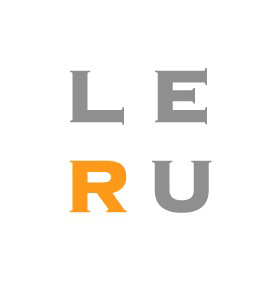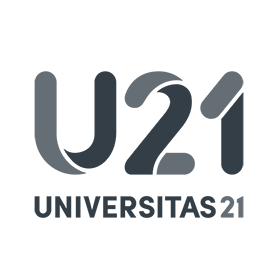Examination
Final exams
- Part A 2010-12-17 (with answers)
- Part B 2010-12-17 (with answers)
Find schedule for final exams, including re-exams, here.
Subscribe to re-exams here.
Example questions for the final exam part A is found here. The questions on part B will be similar to the questions in this example.
Part B of the exam will cover the parts of the textbook marked Extended Reading in the Study Guide for ETSF10/ETSF05. But there will only be questions asked on the following chapters:
If you have passed all three quizzes in the course you already have passed the theoretical part of the course, so you do not have to take part A of the final exam.
If you aim for higher grades ( 4 or 5) you have to study the extended reading material on your own and make account for that on part B of the final exam.
- 23:4 STCP
- 24:7-8 IntServ och DiffServ
- 26:2-3 Mail och FTP
- 27 WWW och http
- 29:3-4 Streaming Audio and Video
You are allowed to bring a paper with notes to the exam, one note paper per part A and B respectively. You may fill one (1) A4 page (the back must be left blank) with all notes and figures you think you need for exam part A, and one A4 paper (blank back) for exam part B. The notes and figures must be in handwriting with ink or in print. All notes and figures must be produced by yourself, cut-and-paste is not allowed. You have to write your name on each paper and also mark them with the exam part it belongs to. You must hand in your notes together with the exam. It is of course voluntary to use a note page, but if you do, it is an absolute demand that you hand them in. Irregular note pages will be confiscated immediately. Apart from the note pages, calculator is the only resource allowed on the exam.
Midterms
There will be three midterms/duggor and a final exam in this course. The midterms/Duggor are optional. Read more in the course program.
Midterms/Duggor will be performed in the departments moodle system. You will get approx 15 questions randomly selected from a question pool.
Midterm 1 will cover the content of the first two lectures - the router, the objectives of routing and packet switching, intra and interdomain unicast routing protocols (RIP, OSPF and BGP) and AdHoc routing. This corresponds to chapter 8:4 (extended reading, but the knowledge from the lecture slides is included in the midterm) and chapter 22:1--3. AdHoc routing is not included in the text book, but the lecture slides from lecture 1 on this topic - objectives of AdHoc and MANET routing, special considerations from the user point of view, special routing considerations, proactive and reactive routing - are included in the midterm.
Midterm 2 will cover the content of the lectures 3 and 4 - multicast routing (forwarding principles, routing protocol, types of trees) and IGMP, performance (especially the bandwidth-delay product), the concept of flows as it was discussed in the lectures, process-to-process delivery, the objectives of the transport layer in the OSI reference model, UDP, TCP (error detection, error correction, congestion control), QoS (scheduling and traffic shaping). Regarding TCP congestion control you don't need full detailed knowledge of thresholds, pointers and parameters. You must know the three states - slow-start, congestion avoidance and the congestion detection (RTO and Three ACKs) - and to what state you go from which state and why, and how the sender window size behaves at these state changes. This corresponds to chapters 3:6, 21:3, 23:1--3 and 24:1--6 (in chapter 24:4 only TCP).
Midterm 3 will cover the content of lecture 5 and 6 - IPv4 and IPv6, ICMP, RTP/RTCP, DNS, DHCP, IPsec, SSL/TLS. This corresponds to chapters 20:2-4, 21:1-2, 21:4, 25, 29:5-8, 32:1-2, and 32:4 in the textbook.

